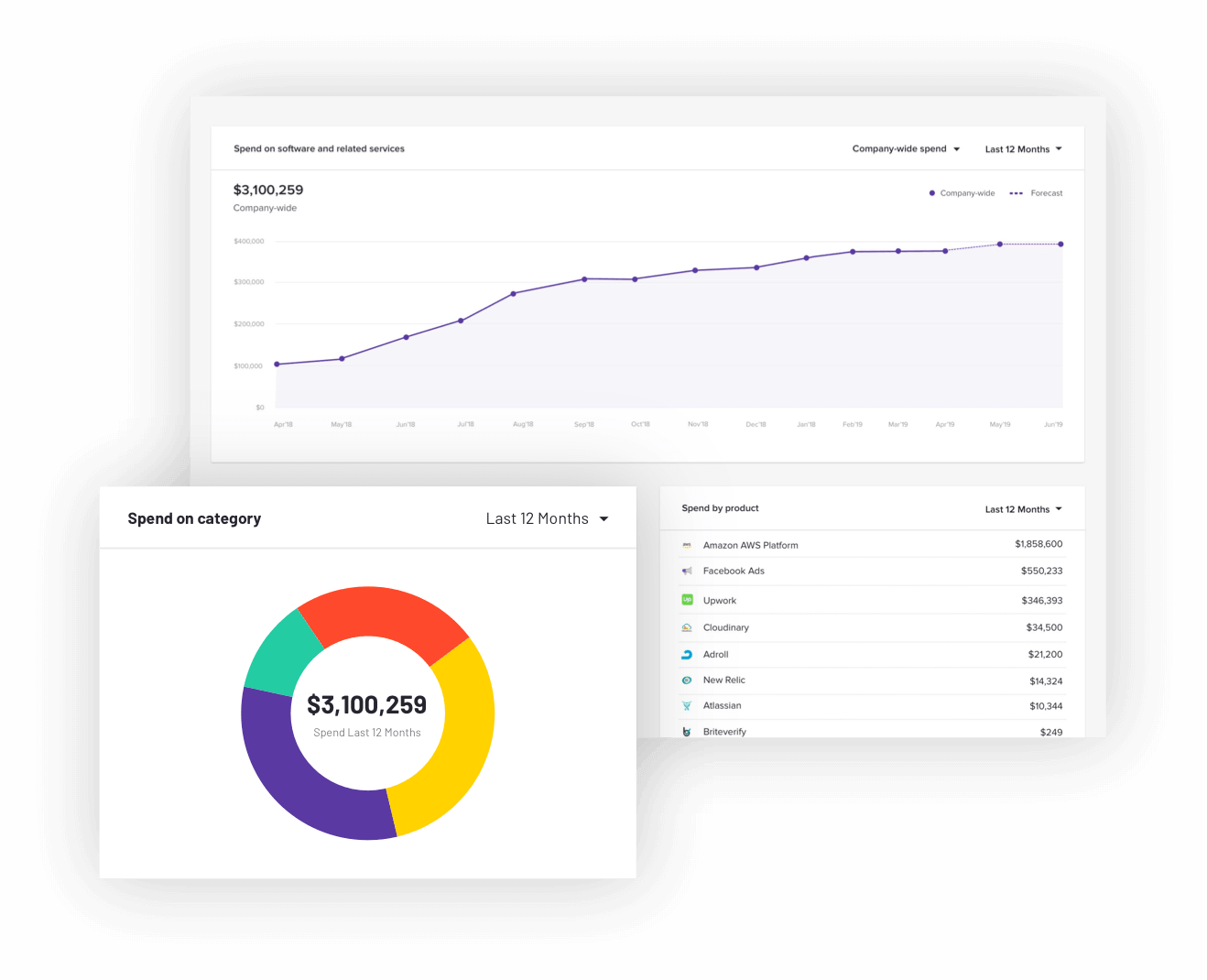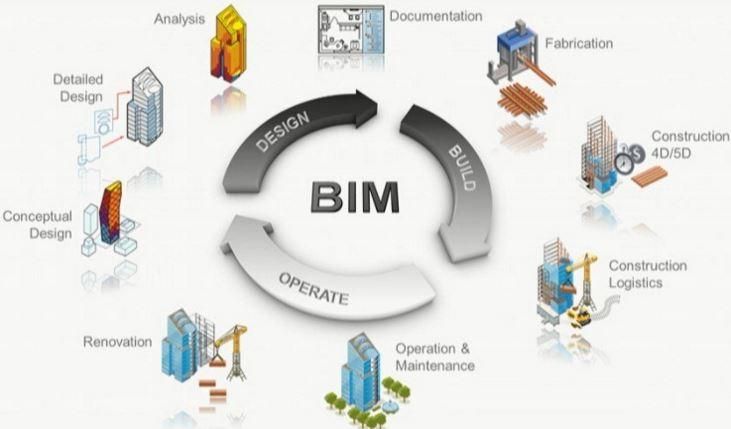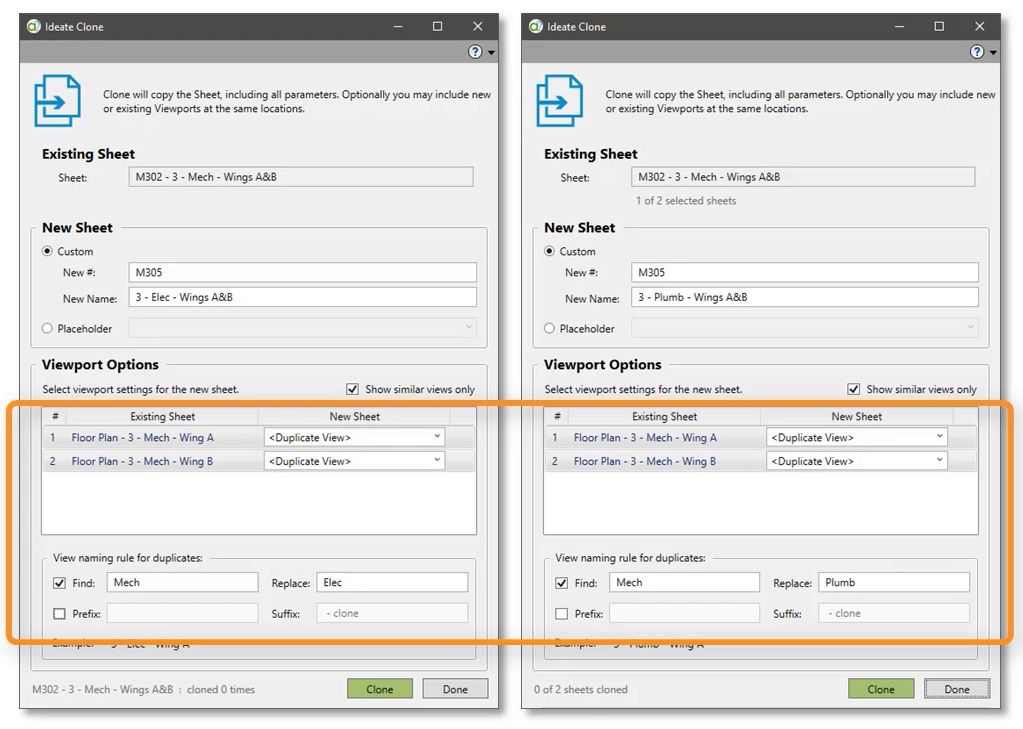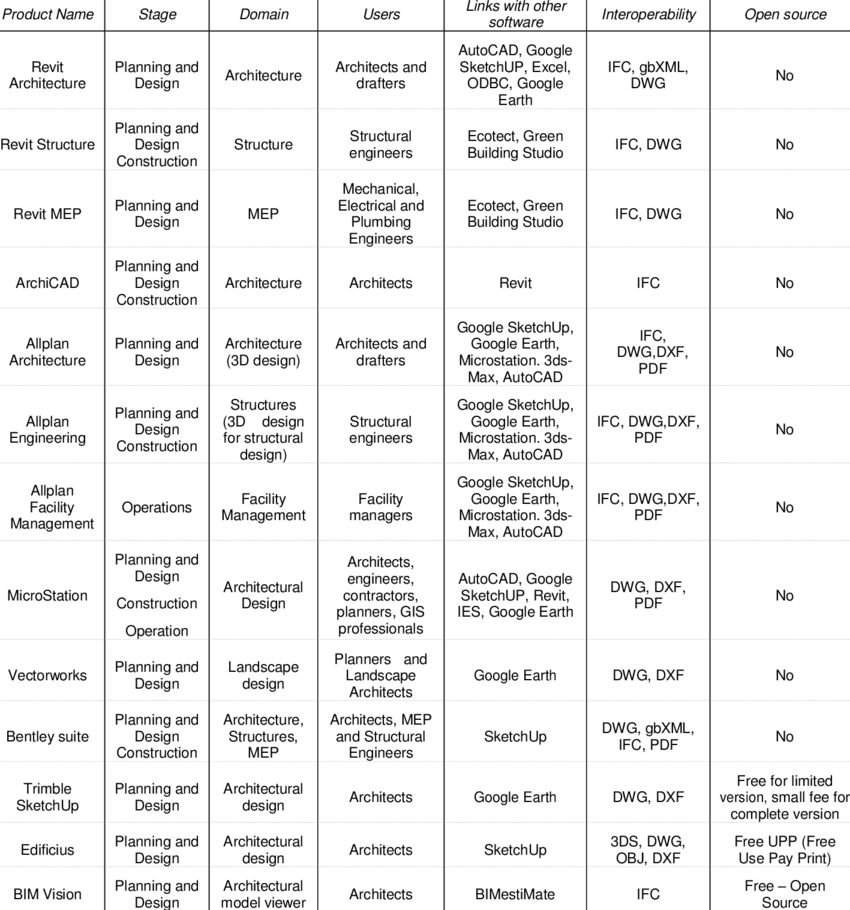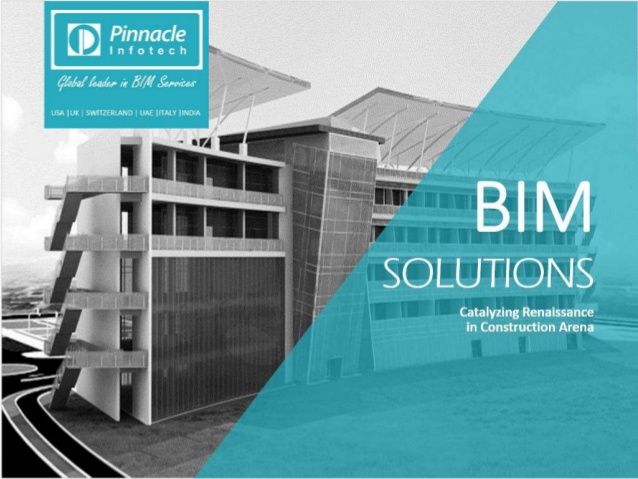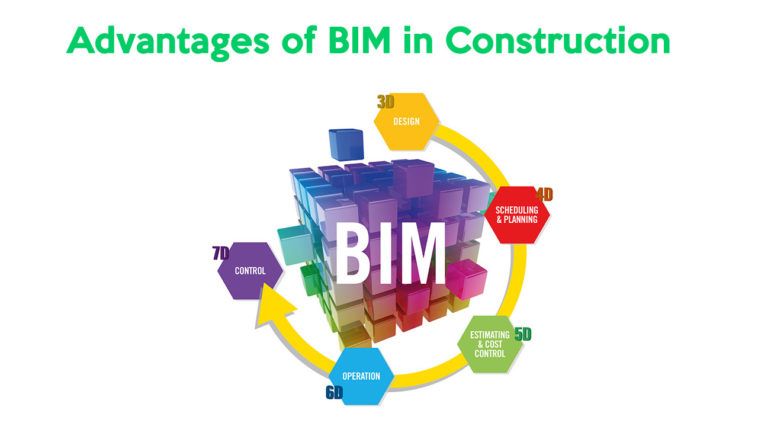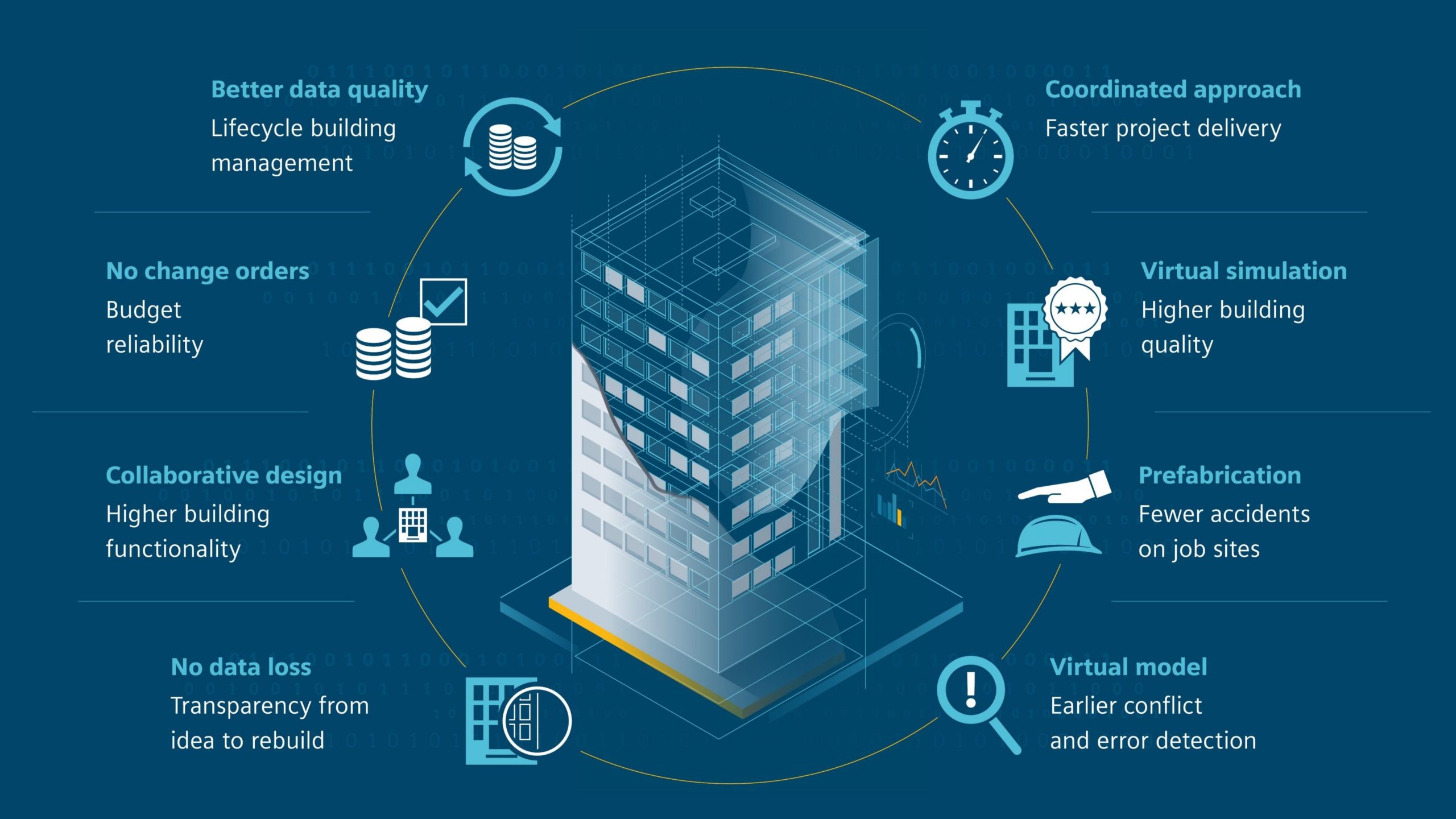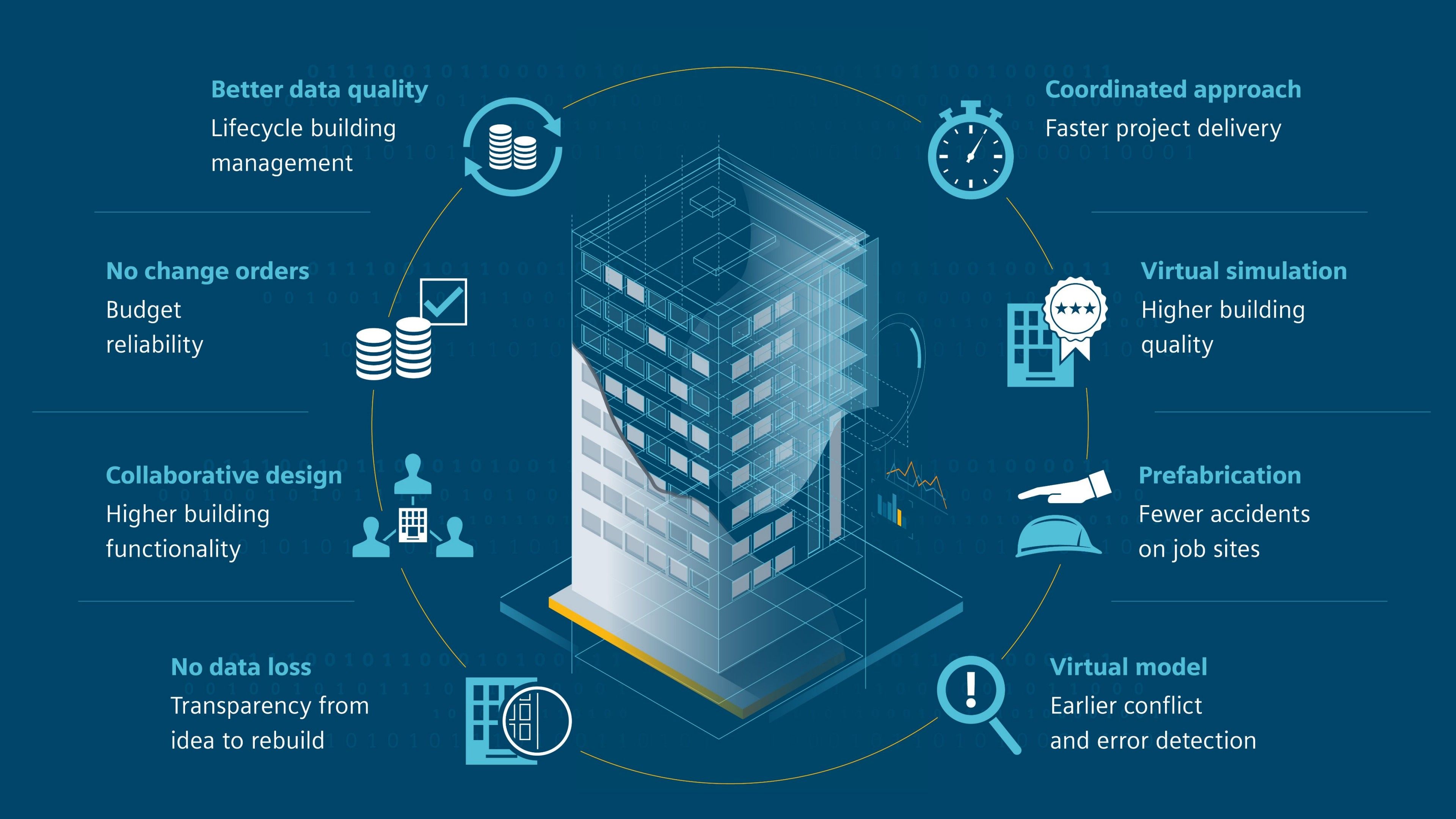Why do we have to switch to Revit? Or rather ask ourselves, why do we have to switch to BIM in general? I am sure that many of you ask yourself this question frequently without a satisfying answer. BIM can take the industry to a whole new level. It integrates all the processes, from conceptualization using software to the actual execution using Robots! According to SmartMarket reports, Building Information Modeling is dominating the Architecture, Engineering, and Construction (AEC) industry in the U.S. In their 2012 report “The Value of BIM in North America”, they state that BIM has been adopted by 71% of architects, engineers, contractors, and owners in North America1. In the same context, England put future implementation plans to make BIM technology the official engine of their construction industry.
Read more:
1. 30 Useful Websites for BIM Design Software Users
2. “Robotization” of BIM: How Robots Could Improve BIM Workflow
3. Case Study: BIM implementation in Shanghai Tower
How BIM is changing the construction industry?
Building Information Modeling achieved great benefits in the process of architectural design, a collaboration by saving time and money. In the last ten years, it showed positive effects on the life-cycle of the building starting from its design phase to its demolishing! SmartMarket 2012 research1 listed 10 short-long term benefits of BIM that are growing significantly through the period of 2009-2012. One of the benefits that took a long time to be noticed is the trust of old customers. The report demonstrates that the chance of repeating the work with the same client has increased by 13% from 2009 to 2012, which indicates how the projects that BIM was involved in were successful. The report also mentions other long-term benefits of this technology; reduction in the project’s time, increasing in profits, lowering in construction costs, and fewer claims and problems.
We can notice that Building Information Modeling’ advantages affected all disciplines, and architecture are the most beneficial discipline. The report illustrates that architects have benefited by using BIM in terms of their reduction in documentation errors which lowered the risk of redoing the work and affected positively the timetable of the projects. However, there are also some limitations that need to be refined to increase the process of BIM implementation, which are the moderate interoperability between BIM applications and other software, the lack of BIM specialists and experts, and the high price of BIM technology.
Which is the best BIM software?
Nevertheless, there are several Building Information Modeling applications available today, and they are used broadly in the AEC industry. This can be seen in the 2011 comparison between the most popular BIM software at that time:
- Autodesk Revit
- Bentley
- ArchiCAD
- Digital Project
- AutoCAD
- Allplan
- Profiler
This comparison reviews the fundamental properties and features for each application, and it presents the main advantages and disadvantages of each software. According to the comparison, Bentley and Digital Project applications have powerful abilities in creating complex forms and geometries. Bentley has similar design powers of creating forms as SketchUp. Digital Project is being used by Frank Gehry in creating his organic buildings. It is the same case with the Allplan application, which has a considerable capacity of creating organic shapes than its previous versions, whereas DProfiler has limitations in spite of its equivalent power with SketchUp in the 3D modeling method. On another hand, Revit6 and ArchiCAD5 have limited abilities in creating complex geometries among the other BIM applications, even though the massing tools and methods of Revit have been enhanced recently.
Regardless, Revit Architecture showed superiority in the last years on other BIM applications. In 2007, a survey was conducted by AECbytes on behalf of Bentley Systems indicated that Revit was the most used BIM software among their subscribers. Additionally, Revit was the market leader in the U.S industry in 2010 according to ITcon Journal. Furthermore, the G2 Crowd website published in winter 2015, a grid for the highly-rated building design and Building Information Modeling applications. The grid illustrates that Revit and AutoCAD are the leaders of software based on user reviews and the market presence. Whereas ArchiCAD, Vectorworks Architect, and DataCAD got high rates by the user reviews but they have not reached the level of Revit in the market.
To switch to Revit and trust it, you have to think considerably of its pros and cons. Revit has many advantages that make you decide of adopting it immediately to your design system. First of all, Revit is a database. It stores all the information that you enter and save them parametrically. So, any change in the floor plan affects the elevation, section, and the other drawings. It is intelligent because data will be saved and updated automatically. Secondly, Revit offers a number of useful simulation systems such as sun and shadow, lighting, and energy analysis. It is also very compatible with other helpful applications as Ecotect, Vasari, 3ds Max, and AutoCAD. Recently, it is involved in algorithmic design by developing a special scripting application for it. The application called “Dynamo” is similar to Grasshopper functionality. Contrary, switching to Revit will cost you money; you have to purchase the software and the suitable hardware. You have also to join intensive courses to get familiar with the software. Training is essential to achieve successful implementation.
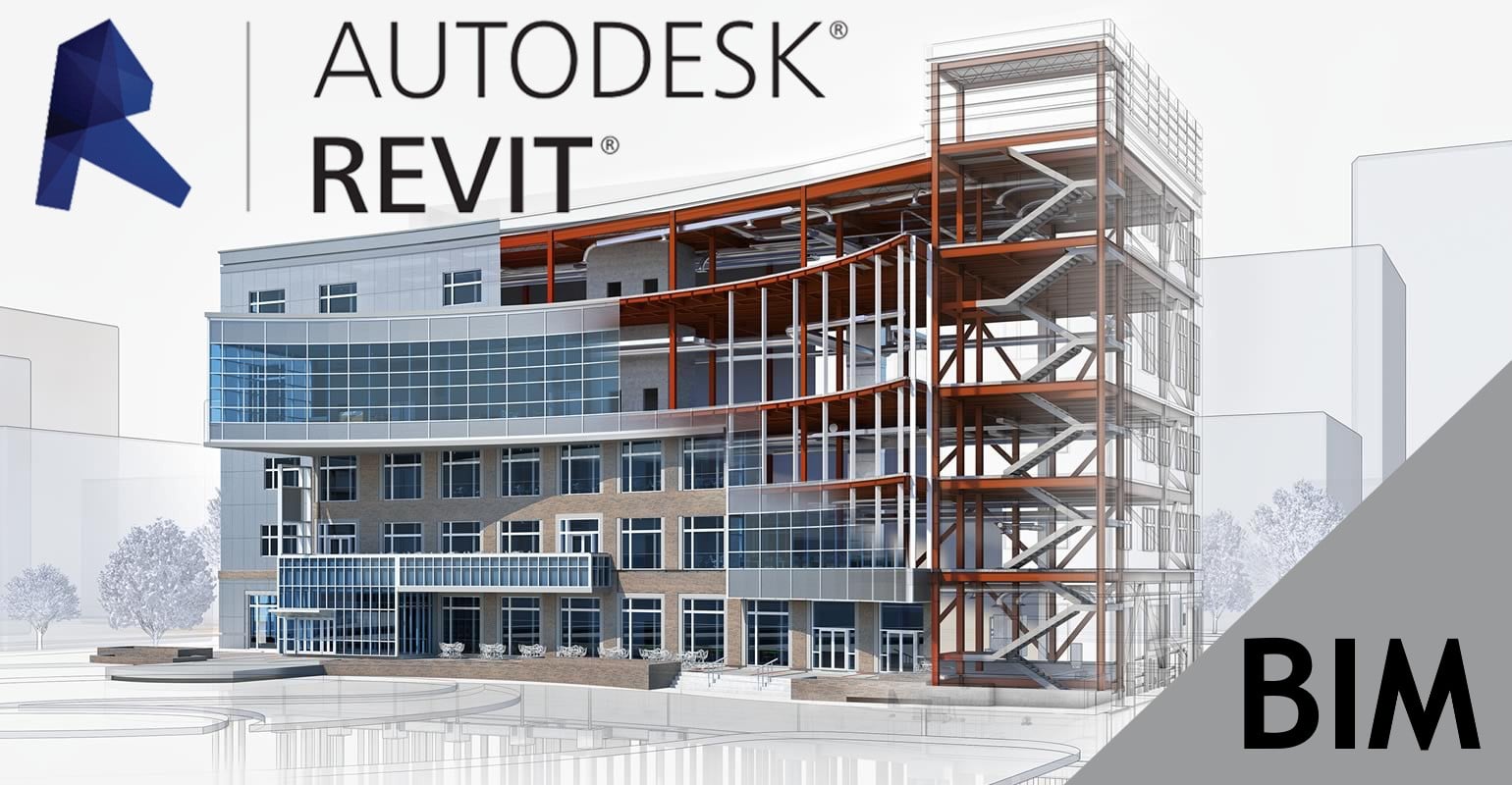
Eventually, the dominant of BIM technology in the AEC industry nowadays will make you think significantly about implanting the technology in your firm or add it to your skills. You have to master your time and get along with its circumstances and requirements. BIM specialization is one of the majors that are required today and firms are looking for this discipline that helps them to enter the design competitions confidently with other companies for marketing new clients and for winning future project’s bids.
- [1] Fox. Keith, Stephen Jones, Harvey Bernstein, and Kathryn E. Cassino. “The Business Value of BIM in North America.” SmartMarket Report: McGraw-Hill Construction (2012), http://www.bimformasonry.org/pdf/the-business-value-of-bim-in-north-america.pdf
- [2] “The 2014 CAD User Guide to BIM.” CAD User Magazine, NBS and Nemetschek Vectorworks, (2014). http://www.caduser.com/images/BIM-2014Lo.pdf
- [4] Devon, Richard, Gül Okudan, Hien Nguyen, Andras Gordon, Sven Bilén, Xinli Wu, and Dhushy Sathianathan. “Decision-making models for choosing CAD software.” World Transactions on Engineering and Technology Education 6, no.2 (2007), http://citeseerx.ist.psu.edu/viewdoc/summary?doi=10.1.1.115.7132
- [5] Khemlani, Lachmi. “AECbytes Product Review: Bentley Architecture V8i.” AECbytes, (November 19, 2009), http://www.aecbytes.com/review/2009/BentleyArchV8i.html
- [6] Eastman, Chuck, Paul Teicholz, Rafael Sacks, and Kathleen Liston. “BIM Handbook: A Guide to Building Information Modeling for Owners, Managers, Designers, Engineers, and Contractors.” Hoboken, N.J.: Wiley, 2008.
- [7] Khemlani, Lachmi. “AECbytes Product Review: Allplan BIM 2008 Architecture.” AECbytes (April 17, 2008), http://www.aecbytes.com/review/2008/AllplanBIMArch.html
- [8] Krygiel, Eddy, Phil Read, and James Vandezande. “ Mastering Autodesk Revit Architecture 2011.” Indianapolis, Ind: Sybex, 2010.
- [9] Khemlani, Lachmi. “Top Criteria for BIM Solutions: AECbytes Survey Results.” AECbytes (October 10, 2007), http://www.aecbytes.com/feature/2007/BIMSurveyReport.html
- [10] Becerik-Gerber, Burcin, and Samara Rice. “The Perceived Value of Building Information Modeling in the U.S. Building Industry.” Journal of Information Technology in Construction, Vol.15, (February 2010):185-201, http://www.itcon.org/2010/15.
- [11] G2 Crowd. “Grid for Building Design and BIM” Winter 2015, https://www.g2crowd.com/categories/building-design-and-building-information-modeling-bim
- [12] Clogan, Kenny. “Seven Questions You Must Ask Before Moving to Autodesk Revit.” Trust. I.T, Baton Rouge, LA, www.trustitllc.com
